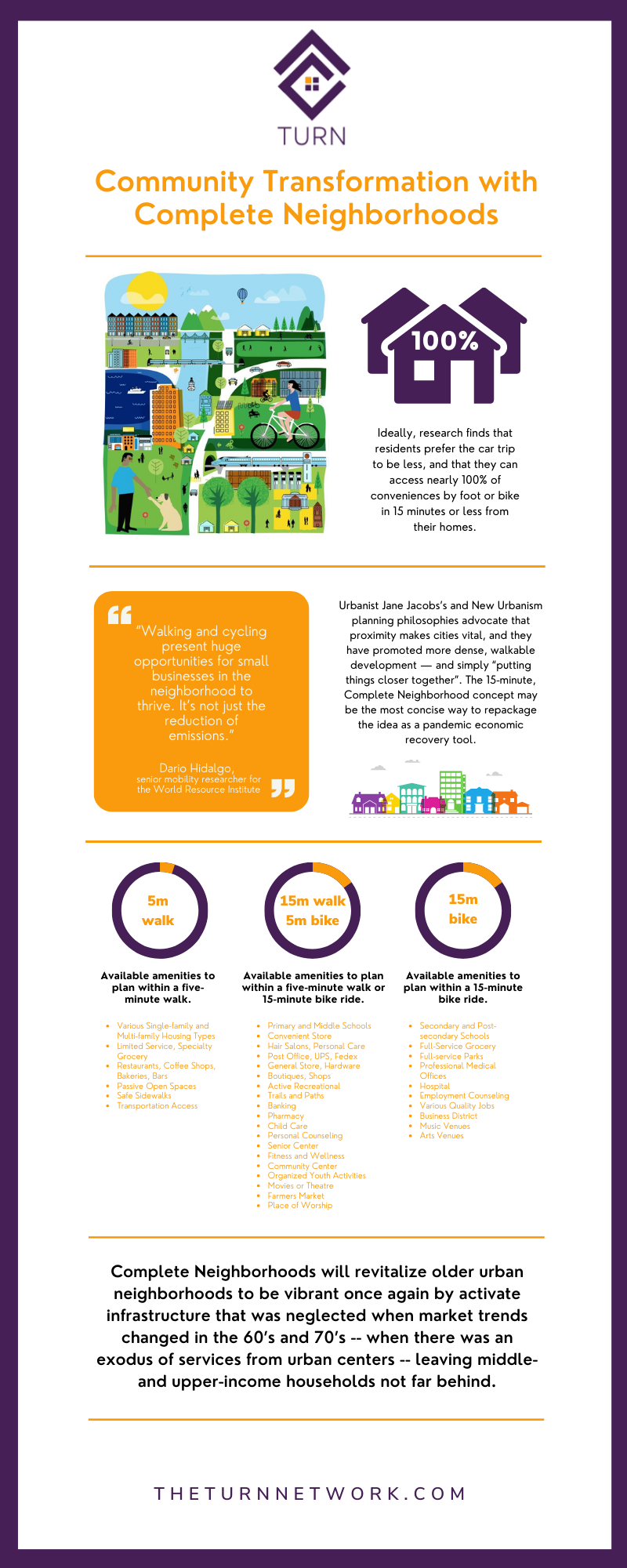
Strategy Leadership Resources
A Community Integration Project: Gary Tolleston Opportunity Campus
The Tolleston Opportunity Hub is located on a 31-acre former Tolleston Middle School site. The school building currently hosts a Boys and Girls Club. The opportunity hub, still in the planning stages, will include quality of life, economic, education, health & wellness and public safety opportunities and programming.
It's About People, Not Jobs
Resilient communities are built by prioritizing people over jobs, creating environments where residents feel connected and empowered. By focusing on human-centered development, we foster sustainable growth that strengthens neighborhoods for generations. From accessible amenities to vibrant public spaces, resilient communities attract and retain residents, driving economic and social vitality. Join us in building stronger, more inclusive communities that thrive!
A Community Integration Project: The Kenosha Innovation Campus
Kenosha Innovation Neighborhood (KIN) located on the 107-acre former Chrysler Engine Plant site, has a specific focus on fostering neighborhood opportunities in education, workforce training, entrepreneurial development, and job placement. KIN will be centered around connecting Kenosha residents to opportunities in high-growth digital, and science technology, engineering, and math (STEM) occupations.
A Community Integration Project: BakerRipley
“For more than 100 years, we have aspired to empower our neighbors to build a more promising tomorrow for themselves and their families. This aspiration is at the heart of our purpose and work. As a community development organization, embraces the fact that everyone shares the same aspirations. Through the use of our programs, partnerships, and interventions, we provide the opportunity to optimize every Neighbor’s earning potential, learning opportunities, sense of belonging, and health and well being.” - BakerRipley website
Measures for Neighborhood Success
Every neighborhood has the opportunity to be unique and prosper. Thus, each neighborhood will have different metrics for success. Here are some metrics that could be prioritized for neighborhood design and improvement.
The Rationale for The Opportunity Hub Concept
Written by Mike Higbee
Serious social problems such as poverty, low education levels, crime, and a host of health issues are often interrelated. They frequently reinforce and compound each other. Many organizations are addressing one or more of those issues, but typically each organization is focused on only a piece of a more complex set of problems. The public sector tends to do this through large, bureaucratic silos, while the not-for-profit sector is incredibly fragmented. Many organizations do good work. Unfortunately, though, fragmented and siloed approaches to complex problems seldom lead to lasting impacts.
A Community Integration Project: Poughkeepsie Youth Opportunity Union
The vision is not just to increase services for Poughkeepsie youth - the vision is to build a new, state-of-the-art Youth Opportunity Center that will set a standard for youth empowerment and create a model for a homegrown approach to workforce development as a means of supporting increased economic activity.
A Community Integration Project: The John Marshall Opportunity Hub
The John Marshall Neighborhood Opportunity Hub on the far eastside of Indianapolis solves a list of community needs with private-public collaboration at an abandoned high school in one of the city’s most highly populated distressed neighborhoods.
Bridging Communities with Neighborhood Opportunity Hubs
Our team has worked with community leaders to build growth plans, message change initiatives, and redevelop neighborhoods for over forty years. Since 2014, we have specifically advanced the concept of Neighborhood Opportunity Hubs.
A Community Integration Project: The Elkhart River District
In 2017, the City of Elkhart adopted the River District Revitalization Master Plan. Developed with broad community stakeholder involvement, the plan was built on the previous decades of investment in Elkhart’s struggling Main Street. This effort shared a vision for the River District to be an expansion of downtown, as a walkable, mixed-use neighborhood redeveloped on 100-plus acres of parking lots, out lot retailers, former industrial sites, and auto-repair shops. Over 65% of the $300-plus million mixed-use development has been realized within five-years. The area continues to attract significant new private investment.
Revitalization of Smaller Cities Offer More Opportunities for Prosperity
In this new age of a pandemic, racial tension, political divide, global power shifts, redefinition of family and individual identities, and the inequality of accessible and quality educational opportunities leading to prosperity, we are reminded that the quest for freedom and the American Way remains much the same as our forefathers intended to achieve in their early fight for justice and the pursuit of happiness for all.
The Complete Neighborhood
Trends for almost two decades now is for most households to prefer to live where they can live, work, shop, recreate and find most of the services they require within a convenient distance – approximately 15 minutes away. Ideally, we are finding that many residents prefer the car trip to be less, and that they can access these conveniences by foot or bike in 15 minutes or less. Neighborhoods that immediately provide these everyday needed and desired amenities, we call Complete Neighborhoods.












